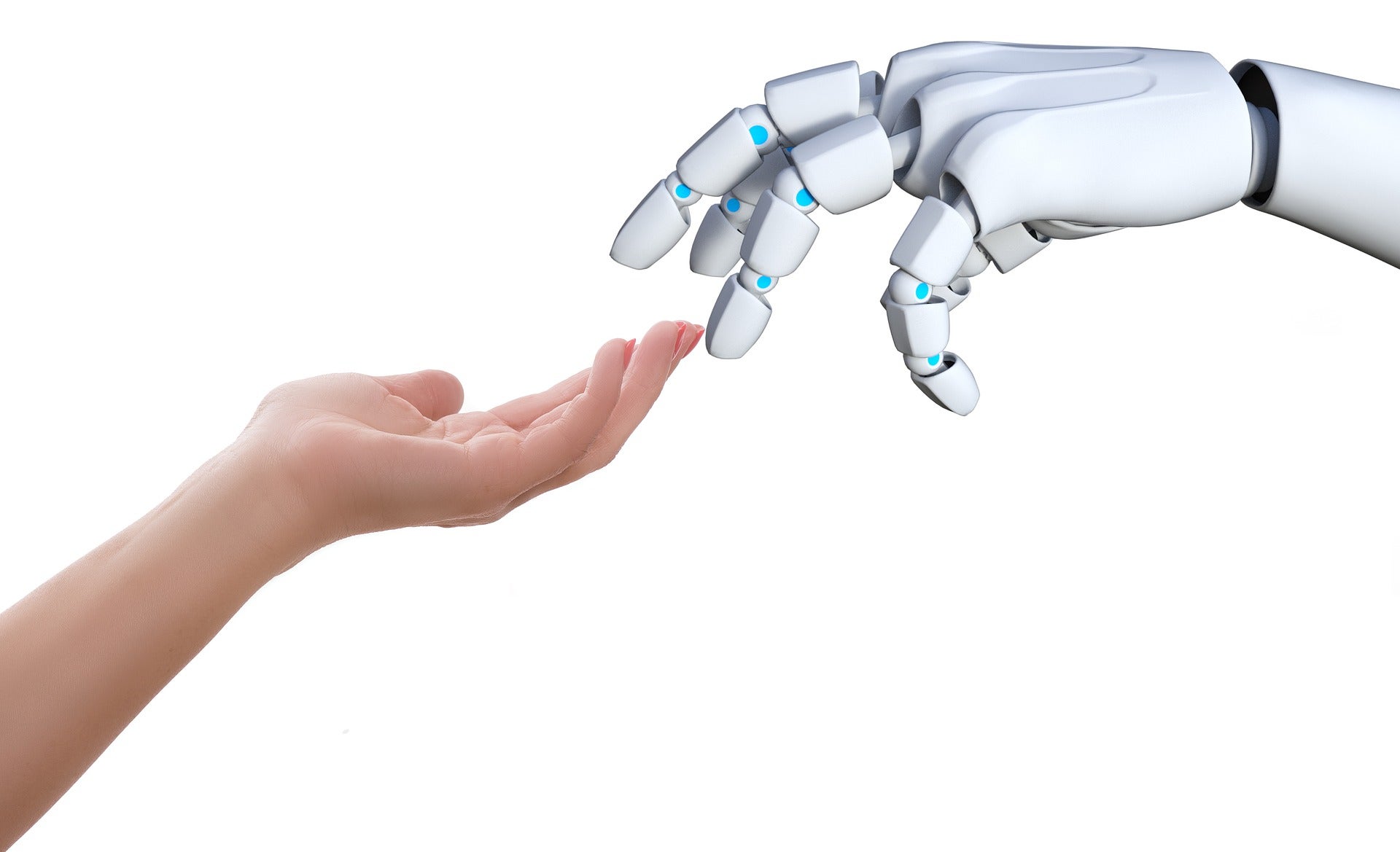
Concept: German automation company Kuka Robotics (Kuka) has launched a hygiene robot ‘KR Delta’ to perform pick and place tasks in consumer goods, food, and packaging industries. It is developed according to principles of hygiene design with a protection rating of IP 67 for the entire robot and IP 69K for axis 4. Its arms can reach up to 1200 millimeters and the robot has a payload capacity of up to six kilograms.
Nature of Disruption: The KR Delta robot is made up of corrosion-resistant stainless steel. The design meets the German food and commodities law and US FDA food standards. It has received the European CE (Conformité Européenne) certification, American UL (Underwriter Laboratories) certification, and German TÜV (Technical Inspection Association) safety function certification. To that end, the robot is expected to work in hygienically sensitive areas where it comes in direct contact with food items, electronic components, or medicines. KR Delta robot is a ceiling-mounted robot that has a parallel kinematic system and a small footprint of 350mm. These features can make it suitable for precise pick and place tasks. The robot can be controlled using Kuka’s KR C5 micro robot controller technology. It can also be integrated with other software packages like Kuka.PickControl and Kuka.VisionTech. The robot can use the Kuka.PickControl package for conveyor tracking and integrated image processing in the consumer goods industry. The Kuka.VisionTech software package can identify objects in unstructured environments. The KR delta robot can incorporate this software with a camera to perform tasks like sorting and loading various items.
Outlook: Traditionally, tasks like picking and placing, sorting, and handling of items across industries are carried out with the help of manual labor. With robots making their way into multiple industries, business owners aim to ultimately replace manual labor with robots to increase their output potential and reduce operational downtime. Kuka has developed the KR Delta robot to provide flexible application possibilities across several industries.
This article was originally published in Verdict.co.uk


